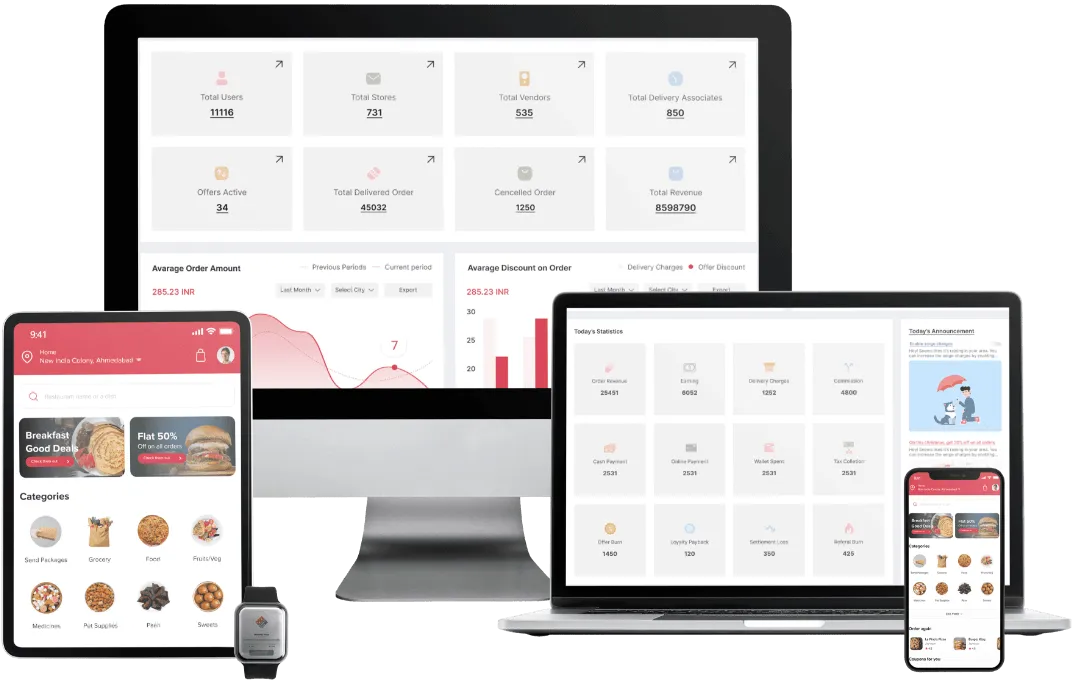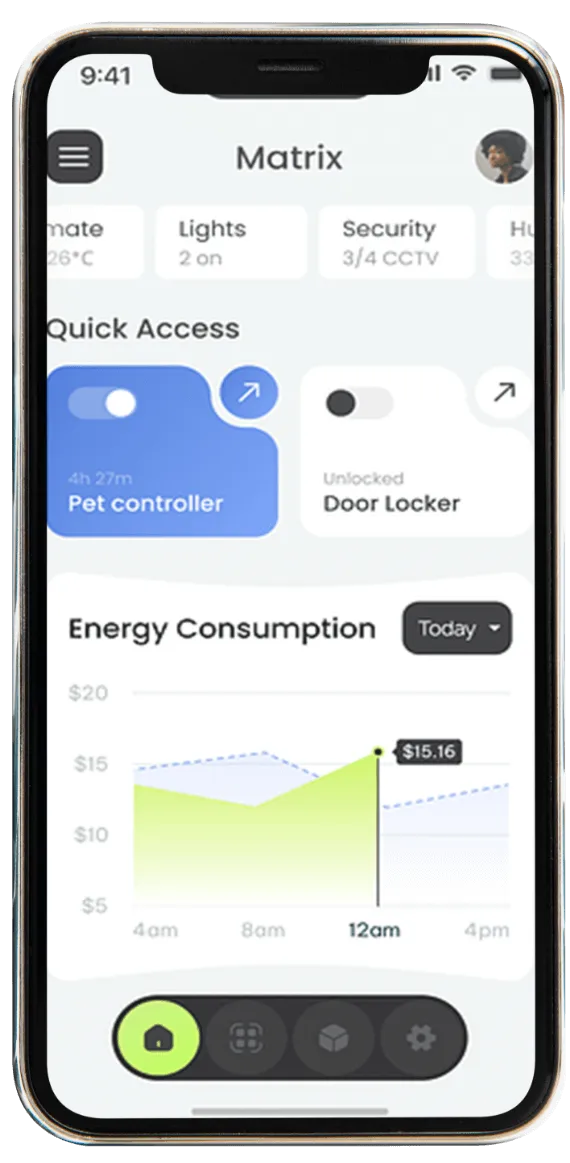conquering everywhere
Crafting Unique Solutions Across Industries
TechnBrains, a leading custom software development company, specializes in tailoring solutions to diverse business needs. Our expert team of designs and implements custom applications to address specific challenges and drive innovation in various industry sectors. With our comprehensive software services, we help businesses unlock new opportunities for growth and competitiveness. Partner with us to transform your vision into reality and gain a competitive edge in today's dynamic market.

Internet of Things (IoT)
Our custom software development solutions for the IoT industry include designing and implementing IoT platforms for remote monitoring and management of connected devices, enabling businesses to optimize operations and improve efficiency.

Metaverse Development
With our expertise in custom software development, we create immersive virtual environments and experiences within the metaverse, allowing users to interact with digital content in innovative ways.

Cybersecurity
Our custom software development services for the cybersecurity industry encompass designing and implementing advanced cybersecurity solutions, including threat detection and prevention systems, to protect organizations from cyber threats and data breaches.

Blockchain Development
We offer custom software development solutions for the blockchain industry, facilitating secure and transparent transactions through custom blockchain platforms that streamline processes and enhance trust in digital ecosystems.

NFT Development
Leveraging our custom software development expertise, we build custom NFT platforms for creators and collectors to tokenize and trade digital assets, utilizing blockchain technology to ensure authenticity and ownership.

Augmented Reality (AR)
Our custom software development solutions for the AR industry involve creating AR applications that enhance user experiences in various sectors, from retail and real estate to education and automotive, by overlaying digital content onto the physical world.

Healthcare
We provide custom software development services for the healthcare industry, developing electronic health record systems, telemedicine platforms, and other healthcare software solutions to improve patient care delivery and streamline administrative processes.

Retail
Our custom software development solutions for the retail industry encompass e- commerce platforms, inventory management systems, and personalized customer engagement tools, helping retailers optimize sales and customer satisfaction.

Real Estate
With our custom software development expertise, we create real estate management software, including property listing portals and CRM systems, to streamline property transactions and enhance agent productivity in the real estate industry.

Automotive
Our custom software development solutions for the automotive industry include fleet management systems, connected car platforms, and dealership management software, enabling businesses to optimize operations and improve customer experiences.

Energy and Utilities
We offer custom software development solutions for the energy and utilities industry, developing energy management, grid optimization, and asset monitoring software to improve efficiency and sustainability.

Fintech
Our custom software development services for the fintech industry encompass digital banking platforms, payment processing systems, and investment management applications, enabling financial institutions to innovate and stay competitive.

Education
With our custom software development expertise, we create e-learning platforms, student information systems, and academic management software to support remote learning and enhance educational outcomes in the education industry.

SAAS
We offer custom Software as a Service (SaaS) solutions for various industries, providing scalable and flexible cloud-based applications to streamline operations and deliver value to customers in the SAAS industry.

On-Demand
Our custom software development solutions for the on-demand industry include developing on-demand service platforms for food delivery, transportation, and home services, enabling businesses to connect with customers and provide convenient services on demand.

Logistics
With our custom software development services, we create logistics software solutions such as transportation management systems, warehouse management systems, and route optimization software to streamline supply chain operations and improve delivery efficiency in the logistics industry.











































































































